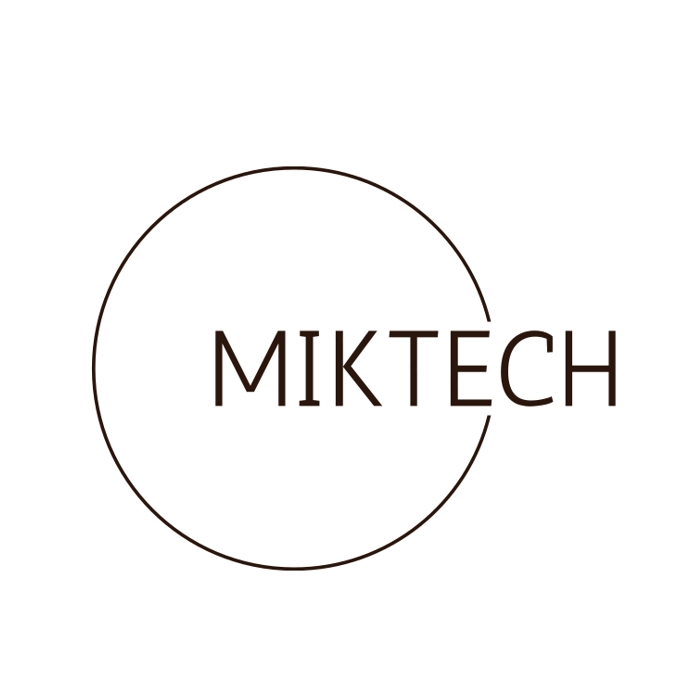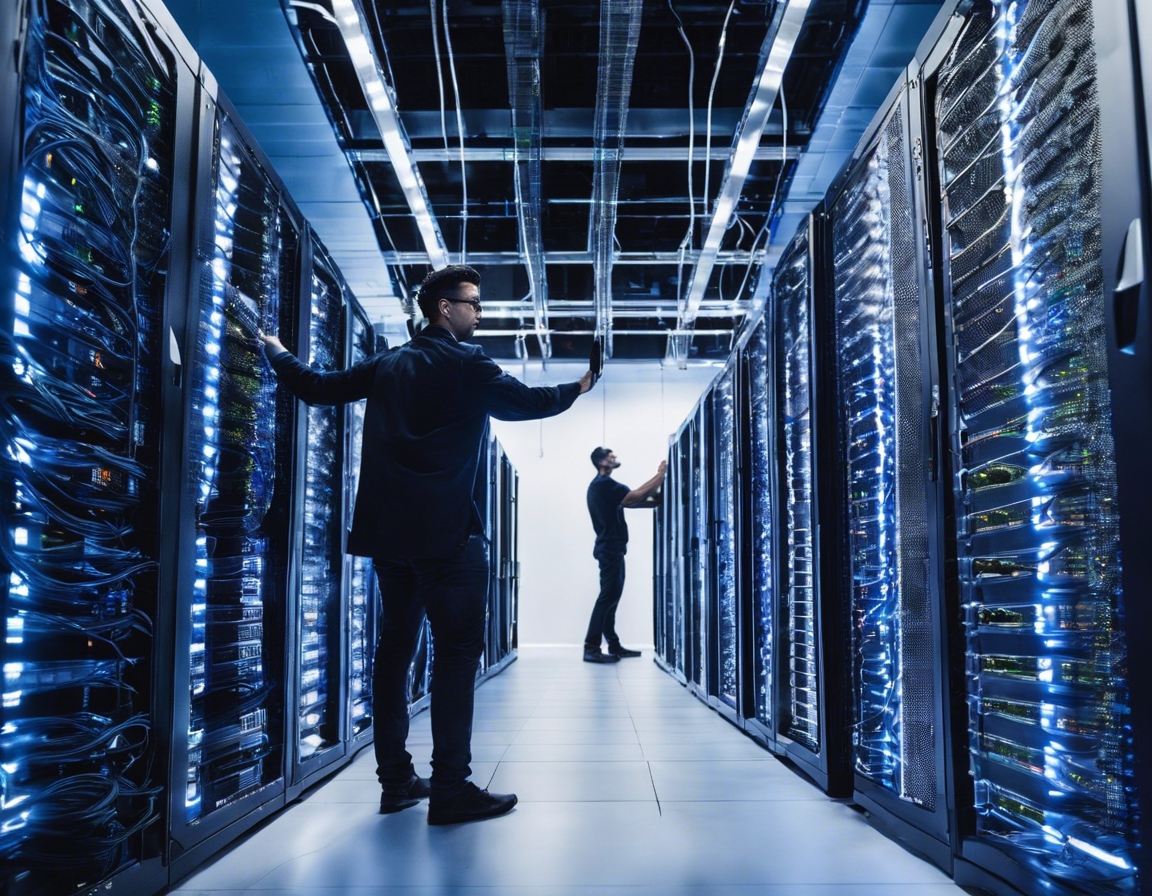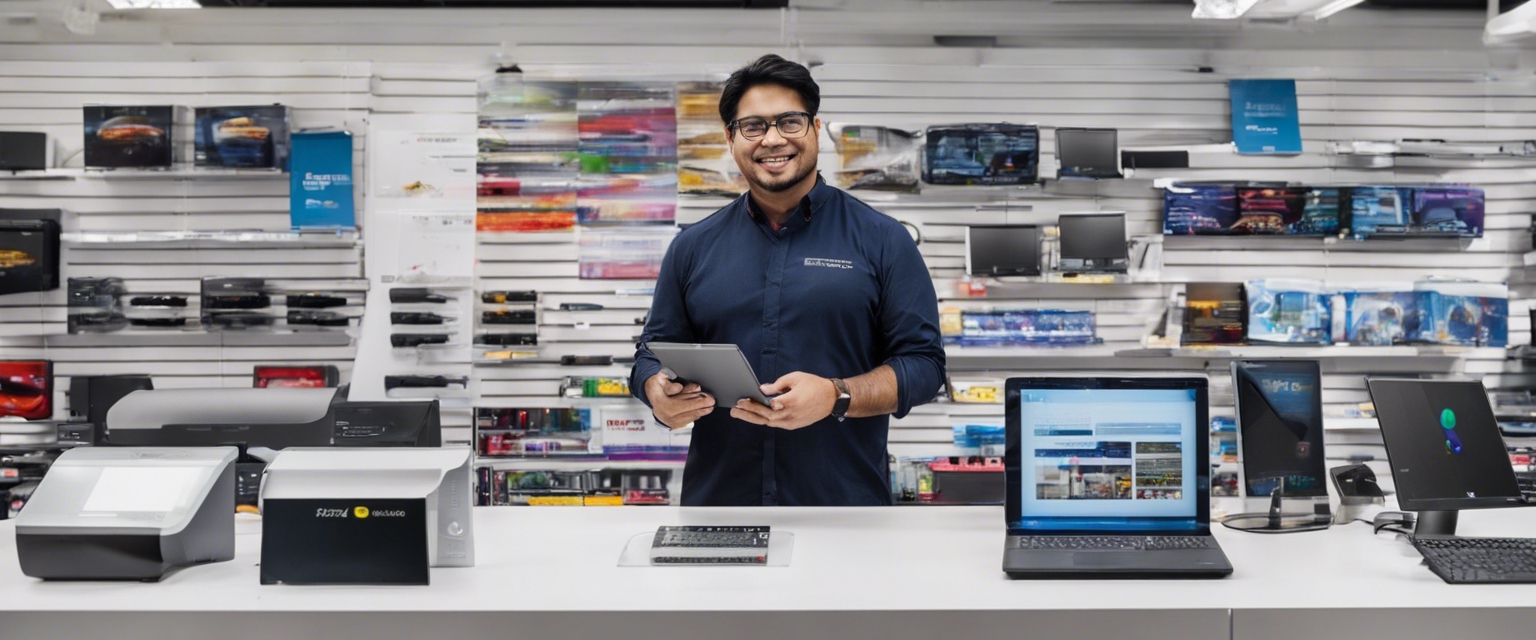The ultimate guide to choosing it equipment
Before diving into the vast sea of IT equipment options, it's crucial to understand the specific needs of your business. This involves evaluating the tasks that require technological support, the software necessary for your operations, and the level of performance needed to maintain efficiency.
An assessment of your current IT infrastructure will help identify gaps and areas for improvement. This step is essential for ensuring that new investments complement existing systems and contribute to a cohesive IT environment.
Key Considerations for IT Equipment
Performance is a top priority when selecting IT equipment. The hardware should be capable of handling your workload with speed and reliability, without causing bottlenecks in your operations.
Investing in scalable solutions that can grow with your business is vital. Future-proofing your IT equipment means considering upcoming technological advancements and ensuring compatibility with potential upgrades.
Ensuring that new IT equipment is compatible with existing systems and can be easily integrated is crucial for a seamless workflow. This reduces the risk of incompatibility issues that can lead to downtime and increased costs.
Choosing brands with a strong reputation for quality and reliability can save you from future headaches. Additionally, consider the level of support and warranties offered by the manufacturer or vendor.
While cost should not be the only factor, it is an important consideration. Balancing performance and quality with budget constraints requires careful planning and prioritization of IT needs.
Types of IT Equipment
Computing devices form the backbone of IT infrastructure. This category includes desktops, laptops, servers, and workstations, each serving different roles within an organization.
Networking equipment like routers, switches, and firewalls are essential for establishing and maintaining a reliable and secure network for your business operations.
Data storage solutions, whether on-premises or cloud-based, are critical for safeguarding your business's data and ensuring it is accessible when needed.
Peripheral devices such as printers, scanners, and monitors are often overlooked but play a significant role in day-to-day operations and user experience.
Procurement Strategies
Deciding whether to buy or lease IT equipment can impact your finances and operational flexibility. Each option has its pros and cons, depending on your business's specific circumstances.
While new equipment comes with the latest features and full warranties, refurbished items can offer significant cost savings. It's important to weigh the benefits against the potential risks.
Selecting the right vendor is as important as the equipment itself. Look for vendors with a track record of reliability, good customer service, and strong post-purchase support.
Understanding the warranty and service agreements is essential for protecting your investment. These can vary widely, so it's important to read the fine print and negotiate terms that favor your business.
Implementing IT Equipment
Proper installation and configuration are key to getting the most out of your new IT equipment. This may require professional assistance to ensure everything is set up correctly.
Investing in training can facilitate user adoption and help your team make the most of the new technology. A smooth transition is crucial for maintaining productivity during the upgrade process.
Regular maintenance and timely upgrades are necessary to keep IT equipment running efficiently and securely. Establishing a routine for these activities can prevent unexpected downtime and extend the lifespan of your investments.






Comments (0)